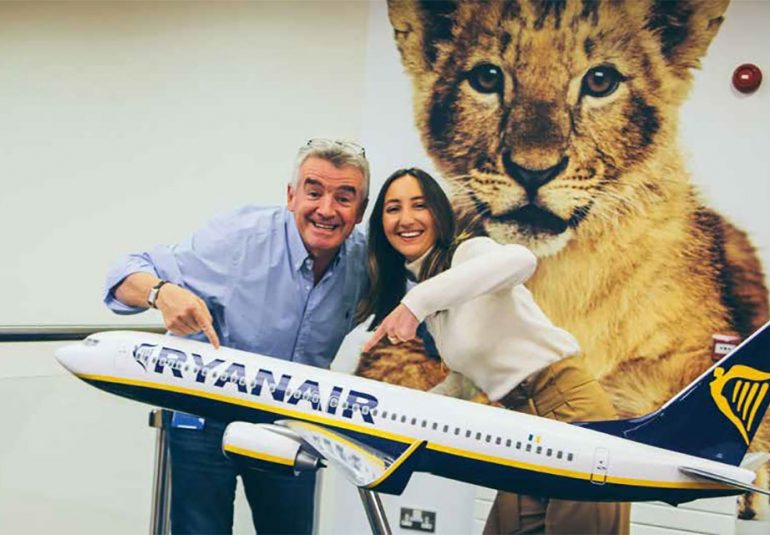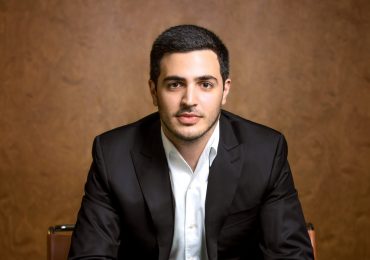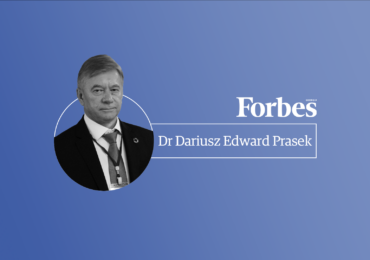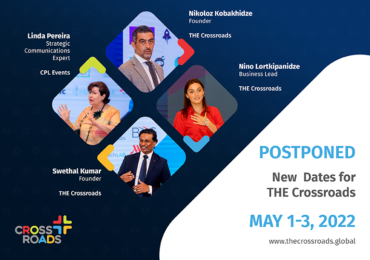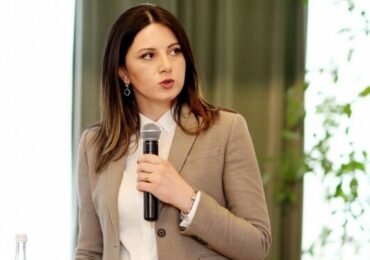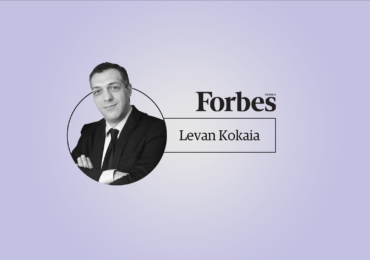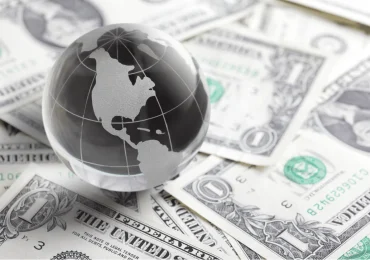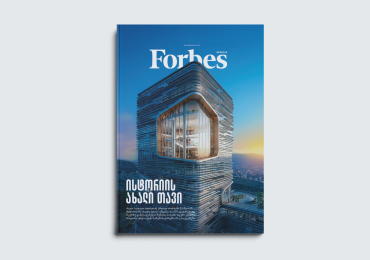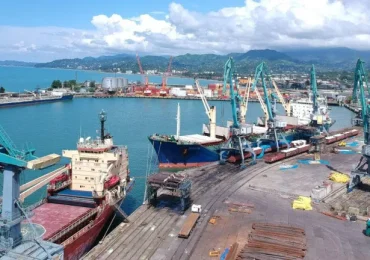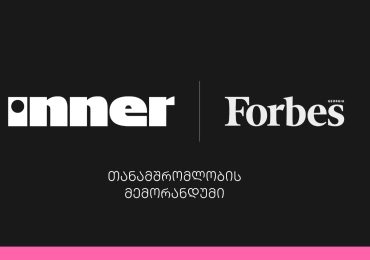An interview with CEO of Ryanair, Michael O’Leary.
What is the main idea behind Ryanair and how was it created?
The main idea was to establish a low-fare competition choice on the European air travel market in the mid 1980s when there were neither low fares nor much of a choice. It was all state-owned carrier monopolies. The airline was created by the Ryan family who had the vision of copying what Southwest successfully accomplished in North America and to bring that model to Europe. Their aim was to democratize air travel and to make air travel affordable for everybody. While until 1980 only the very rich 1 or 2% of people or politicians and business people could afford to fly.
You joined the company in 1991 when the company was struggling with its financing. What main changes did you introduce to Ryanair?
Yes, the company only had four aircraft, now it has 440. Generally, we were following and copying the Southwest Airlines model in the states. For example, in 1991 Ryanair had four aircraft but four different types. Now we have one type of aircraft –the Boeing 737. They were trying to be higher fare, trying to offer business-class; they were not trying to be good at anything. Instead, they were trying to do everything. What I did as part of the change was to buy new larger aircraft that would help us lower our cost of production. We are evangelical about selling low fares. Everywhere we go we have the lowest airfares.
What competitive advantage does Ryanair have over other low-budget airlines?
We have lower costs or lower fares than any other airline, but there is no other low-budget airline. Ryanair has the newest and largest aircraft; thus it benefits from more scale. It means that every market where we compete with other airlines (WizzAir in central Europe or EasyJet in the UK), we are always offer the lowest fares.
What is the main source of profit for the company? Is it the tickets that you sell, or extra goods and services that you offer on the plane?
The main source of profit are the tickets. The ancillary sales are nice to have to help profitability but the main profit source is ticket sales. This year we expect to make a profit of about €1.2 billion, which sounds like a lot, but when you count on 140 million passengers it means we are making less than a €10 profit per passenger.
What is the profit margin and how do you manage to keep fares low and profits high?
This year we carried 140 million passengers we are the largest international airline in the world. Last year profit margin after taxes was 20%, this year it will be a little bit less because oil prices have risen. We have the highest margin of any major airline in the world. And the way we are able to keep fares low and profits high is by eliminating things like travel agency distribution; we sell the tickets across the web. We enjoy economies of scale; we buy aircraft in volume from Boeing so we have low-cost but brand-new planes. We negotiate incentives with most airports, where we promise to bring airports lots of growth if they give us incentive. One of the newest airports to join the family is Boryspil in Kiev.
What is important to note is that we do not make savings on safety and pay. We are high pay, we pay to people well but we expect them to work a lot in return and we do cut corners on safety. We invest typically €300-400 million every year in safety, training, maintenance engineering.
So, where Ryanair goes it helps to develop infrastructure and facilities in the airport.
Yes, the airports tend to develop infrastructure themselves only because they know traffic roads are coming. We helped to improve 100s of airports across Europe. For example, Charleroi in Belgium, prior to our arrival in 1997- 1999, it had no traffic – only about 20,000 passengers a year, so it had a tiny little terminal. This year, Charleroi will have about 8 million passengers, it’s a brand new terminal, new runway, new infrastructure, bus connections to Brussels and to other cities all over Belgium. So, where we bring the visitors the infrastructure and profits will follow those airports.
What is the working culture in the company? As I can see the office is pretty open and looks like many multinational tech companies.
It is a reasonably young company; the average age of our company’s employees is 27. It also has an open culture. My office is a glass box office and I am sitting on the first floor not on the top floor of the building. It is very open and accessible, we have a management meeting every Monday morning, and we try to have only two layers of management between somebody on the front line and me.
How do you envision the future of Ryanair?
I think it will be bright. This year we will have 440 aircraft and we will carry 140 million passengers. Over the next six years we expect to grow that number to 200 million passengers a year and increase the number of our aircraft to 600.
Most of our growth is focused on expanding to European countries and those countries that border Europe. For example, we fly to Morocco, Jordan, Israel, and Ukraine.
What are the main factors you look at before you consider expanding to a new country?
The only thing we look at is whether there is an airport and if there is incentive to grow. Is the airport low-cost and has it got spare facilities?
Do you do any analysis of consumer demand or demographics?
No, we do not. All we really want to know is if there is an airport, and if so, do they want to grow with us, will they give us incentive to grow, what is the existing airline and what fares are they charging? We do very little analysis at all.
There is a lot of talk about Ryanair coming to Georgia. A few years ago a special Ryanair team even visited Georgia to negotiate flights. Do you have any future plans to expand to Georgia? Also in terms of doing business, Georgia is ranked among the top six in the world according to World Bank. Is this an attractive designation for Ryanair?
We do, we would like to fly to Georgia.
When we decide to open new routes, we look for incentives from the airports. When we had negotiations with Georgian airports, they were not ready to give incentives and have not made as much progress as we would really like to see.
If they are going to give us incentives, we would be happy to restart negotiations.
If you do expand, which destinations would you fly to from Georgia?
Anywhere to Europe. If we were to fly from Georgia, generally we would be looking at flying to Poland, Germany, Greece and Italy. So, it would be those kinds of central and eastern European flights. We do not want flights to take 5-6 hours. Generally speaking, we will connect Georgia to those cities where flights will be anything up to 3 hours, and where we think there is reasonable demand for traffic.
Will you be mainly considering flights the country’s main airport in Tbilisi, or secondary airports like the one in Kutaisi?
We will fly from whichever airport gives us the biggest incentive. That’s always part of the commercial discussion – we talk to the main airport and we also talk to the secondary airports and those who want to grow. If you go back ten years, ago, we started flying to Germany’s secondary airports – Hahn for Frankfurt and Bremen for Hamburg. Now, as a result of the success of those airports, the main airports come to us. So now we are flying to the main airports in Frankfurt, Hamburg and Dusseldorf. But we still continue to fly to the secondary airports as well.
When you look at the secondary airports, do you have certain regulations like how close it should be to the capital?
Honestly, it just depends on how low-cost the airport and handling services are. The fares we are charging are so low, even if we had to fly to a secondary airport outside Tbilisi, people would fly with us because of our €29 and €19 tickets. Sometimes people who fly with us are not necessarily people who live in the main cities, but the visitors who come.
The example we always use is London. There are five airports and they are all well outside London. Heathrow, Gatwick, Luton and Stansted are in the south end. In the old days, people in the 50s and 60s were doing demographic analysis and the airports had to have a certain number of check-in desks and baggage handlers. That was really was irrelevant.
People do not travel so they go and visit airports. It is just a stopping point or an arrival point.
Do you think that Ryanair has changed the modern way of doing business by acting as a benchmark for other airline companies?
Everybody copies us. We were the first to charge people money for check-in bags, not because we wanted the money from a check-in bag, but we were trying to persuade the customers to travel with one check-in bag instead of two. We constantly use these charges not as a way of raising money but to change consumer behavior.
When we first started flying, food on the plane was free. But it was never free, you had to pay €600 for the airfare, but the food was free, the drinks were free. Now you pay €20for the airfare and €3for a drink. But at least it only costs you €23, as opposed to €600 as it would cost. Everyone was saying ‘ooh, they are terrible people, they charge you for drinks. It used to be free!’ It was never free it cost €600. We changed customer attitudes, we changed customer perception. The great thing about Ryanair is that apart from revolutionizing airfares in Europe, we also brought Europe much closer together. We brought Europe together and I think it is the main strength of Ryanair. Young people now are much more European because they travel so much more.
Is Ryanair a key part of the whole idea of the European Union?
Ryanair brings Europe together. It is one of the great success stories of the European Union. We are the people who make Europe work.
What advice would you give to Forbes Georgia readers?
Fly Ryanair! What other advice could you possibly want? If you want to visit Georgia fly Ryanair, if you want to get out of Georgia fly Ryanair. As soon as Ryanair gets to Georgia.
Do you think it will happen anytime soon?
Absolutely, it is inevitable.


